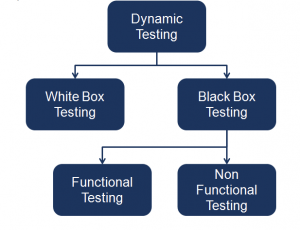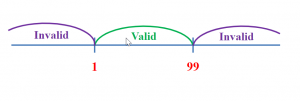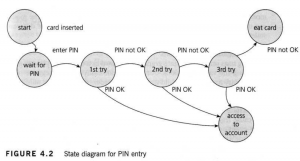Test design techniques
1. What are the Test design techniques?
- Basically, Test design techniques help us choose a good test set from the total number of tests possible for a given system. There are different types of software testing techniques, each with its own strengths and weaknesses.
- Exhaustive testing is not possible, so Manual Testing Techniques helps to reduce the number of test cases while ensuring the quality of the test, helping to identify test ranges and conditions that are difficult to identify.
2. Types of Test design techniques
There are many types of Test design techniques, but there are two main types:
2.1. Static testing technique
Static testing is a type of testing technique that does not execute source code or do not run software systems, such as checking, reviewing specification documents, design documents, source code to find errors.
It is done early in the software development life cycle and so it is done in the verification process.
Most static testing techniques can be used to test any form of documentation including source code, design and model documentation, functional specifications, and required specifications.
Static testing technique usually includes the following methods:
- Informal review: an evaluation process that does not require an archive of the meeting, nor does it need to be recorded.
- Walkthroughs: This is a type of instruction, explained by the person who is familiar with the software logic, in order to transfer knowledge to the participants in the test cycle.
- Technical review: This method focuses on the technical evaluation of the software. Usually led by a moderator or someone with technical knowledge with technical experts involved. This is a discussion focused on reaching consensus on technical content to make a decision
- Inspection: This method is also operated by moderators. Its purpose is to clearly define the role of each person in the process as well as the input and output criteria of the software. Thereby finding errors as well as aggregating and analyzing to optimize processes.
2.2. Dynamic testing technique
Dynamic testing technique is a type of testing to confirm the function of the application when the code is executed / by executing the code. In short, dynamic testing is performed by actually using the application and seeing if a function works the way it is expected.
Dynamic testing includes 2 types:
+ Whitebox testing: Consider how the code works inside. For this type of test, testers need an understanding of the code.
+ Blackbox testing: Check that the function of the software application is working as expected. Blackbox testing 2 types:
- Functional testing
- Non-Functional testing

In the next articles, we will mention types of test design techniques in detail.
Read Black box test design technique and White box test design technique.
For more information about Testing services, please contact us
———————————————————–
Lotus Quality Assurance (LQA)
Tel: (+84) 24-6660-7474
Email: [email protected]
Website: https://www.lotus-qa.com/
Youtube: Lotus QA channel







